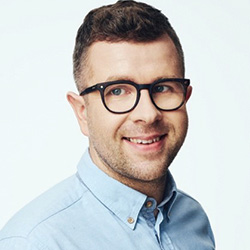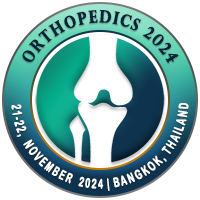
Bartosz Kiedrowski
Physiotherapy/Rehasport Clinic, PolandTitle: A comprehensive evaluation of minimally invasive achilles tendon reconstruction with hamstring graft indicates satisfactory long-term outcomes
Abstract
The Achilles tendon, the largest tendon in the body, is vulnerable to injury because of its limited blood supply and the combination of forces to which it is subjected. Given the relevance of the Achilles tendon in proper function of the foot and ankle, the primary goal of the present study was to use a holistic approach for a comprehensive evaluation of Achilles tendon reconstruction results on multiple levels. The study was designed in the following way: 30 patients with partial or total Achilles tendon tears were subjected to the minimally invasive Achilles tendon reconstruction. Patients were then subjected to the clinical, functional and isokinetic tests 12 and 24 months after the treatment. The clinical evaluation included calf circumference measurements and subjective patient-reported tests: ATRS, EQ-5D-5L and VAS scales. The functional evaluation was based on three tests: the weight bearing lunge test, the heel rise test and single leg hop. Isometric and isokinetic evaluation was performed using Biodex 3 dynamometer. The calf circumference of the operated limbs was significantly lower than non-operated limb 12 months after the surgical procedure, however this improved at the second evaluation. All subjective outcomes improved significantly 24 months after the surgery. Significantly better results in the function of the operated limbs were also obtained 24 month after the surgery. However, most of the muscle strength parameters of the operated limbs were comparable to non-operated ones already 12 months after the surgery and were comparable between two evaluation times. The overall results of this extensive evaluation are highly satisfactory and patients returned to their normal physical activity. From a medical point of view, it is assumed that the healing process is completed 12 months after the surgery, however, importantly, our results indicate that we should con-sider the healing process and the rehabilitation process separately.
Biography
Bartosz Kiedrowski, Master of Physiotherapy, student of the Doctoral School of the Medical University in Pozna?. He work mainly in the field of orthopedics and sports, in which he also undertake scientific work. His main topic of scientific work is the Achilles tendon and the return to activity and sport after its damage.

